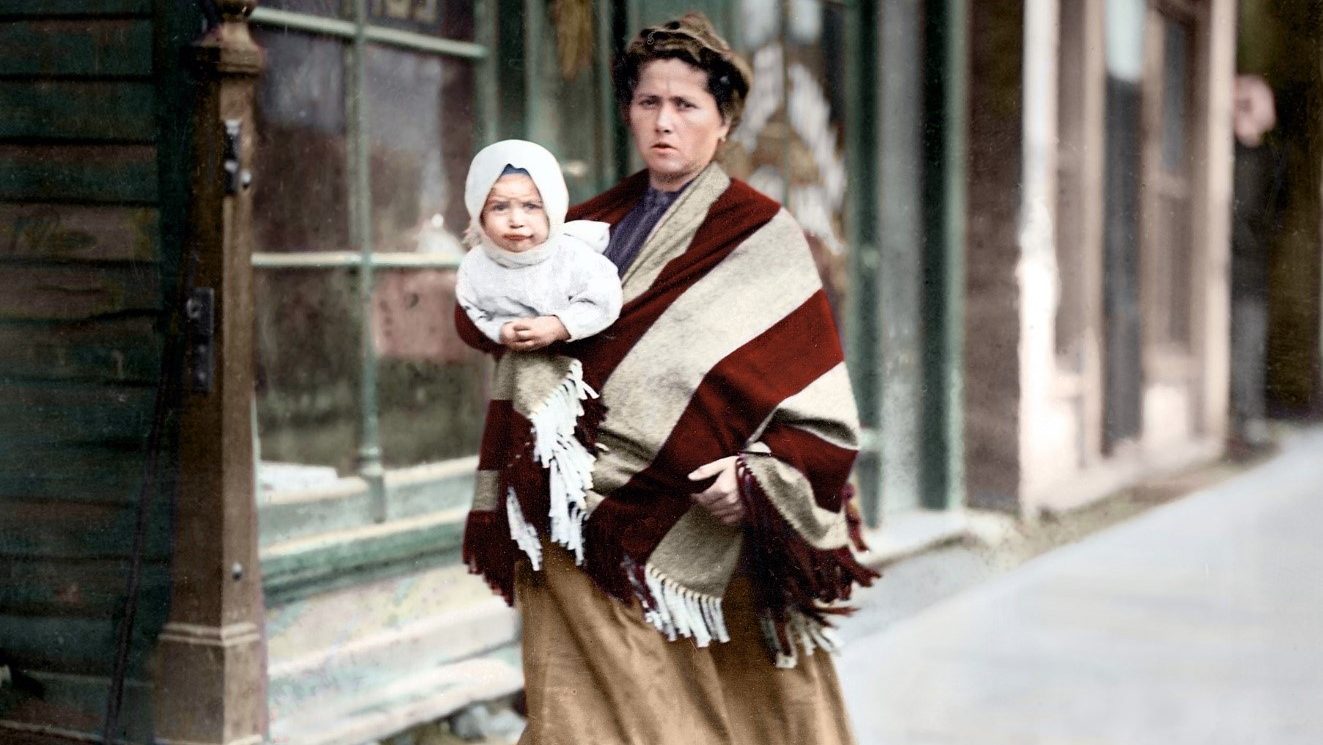New exhibit takes a walk back in time to Detroit’s first Jewish enclave
“In the Neighborhood: Everyday Life on Hastings Street” will open to the public April 20 and run through July 14 at the Detroit Historical Museum.

A new exhibit at the Detroit Historical Museum aims to explore life of Jewish immigrants in Detroit's Hastings neighborhood, 1880-1930.
A new exhibit exploring the Jewish history of Detroit will open at the Detroit Historical Museum this spring, in partnership with the Jewish Historical Society of Michigan.
“In the Neighborhood: Everyday Life on Hastings Street” will offer a glimpse into the life of Jewish immigrants who settled in Detroit as early as the mid-19th century.
Jeannie Weiner, president of the Jewish Historical Society of Michigan, says Jewish migration to Detroit largely followed European migration patterns.
“Starting in 1880, there was a massive number, massive numbers of Jews who left eastern and central Europe because they were literally being massacred and their lives were in danger, and 5 million of them left over the course of several years,” Weiner said. “Many of them — of that 5 million — came to the United States. And many of those Jews then ended up in Detroit.”
Though Detroit was not a port city, Weiner says many Jews were drawn to the region because of German Jews and other European immigrants who had settled there previously in search of economic opportunities.
“Detroit was just a wonderful opportunity for jobs,” said Weiner. “The auto industry was just beginning around the turn of the century, and all the jobs that came with it. But we were also making stoves, and there was the lumber industry in Bay City.”
The Hastings Street neighborhood — which later became known as Black Bottom and Paradise Valley — was a working-class neighborhood located in the heart of the city, where many European immigrants and African Americans lived, Weiner said. But by the 1920s, many European Jews moved out of that neighborhood to find larger, more comfortable arrangements.
“When they had the money, and they were able to move, they tended to move,” Weiner said. “And they could do that unlike the African Americans in Detroit because they were white, and they had that upward mobility that allowed them to follow those dreams.”
Still Jewish people faced many of the same deed restrictions that Black people faced at that time, Weiner said, and for that reason, they were often the only group that would sell property to African Americans.
“So you will often see that a neighborhood that had been primarily a Jewish neighborhood, that often the African American community was the next largest community to move in,” she said.
The Detroit Historical Society exhibit aims to recreate the old Hastings Street neighborhood, displaying a typical living space, kitchen and bedroom of a Jewish home in the early 1920s, along with a variety of everyday living items and music from the time period. There exhibit will conclude with a piece about the Black Bottom and Paradise Valley neighborhoods and their eventual destruction as a result of the construction of the I-375 freeway.
The exhibit will open on April 20 and run through July 14 at the Detroit Historical Museum. For more information about the exhibit, visit jhsmichigan.org.
Use the media player above to hear the full interview with Jeannie Weiner, president of the Jewish Historical Society of Michigan,
Trusted, accurate, up-to-date.
WDET strives to make our journalism accessible to everyone. As a public media institution, we maintain our journalistic integrity through independent support from readers like you. If you value WDET as your source of news, music and conversation, please make a gift today.

